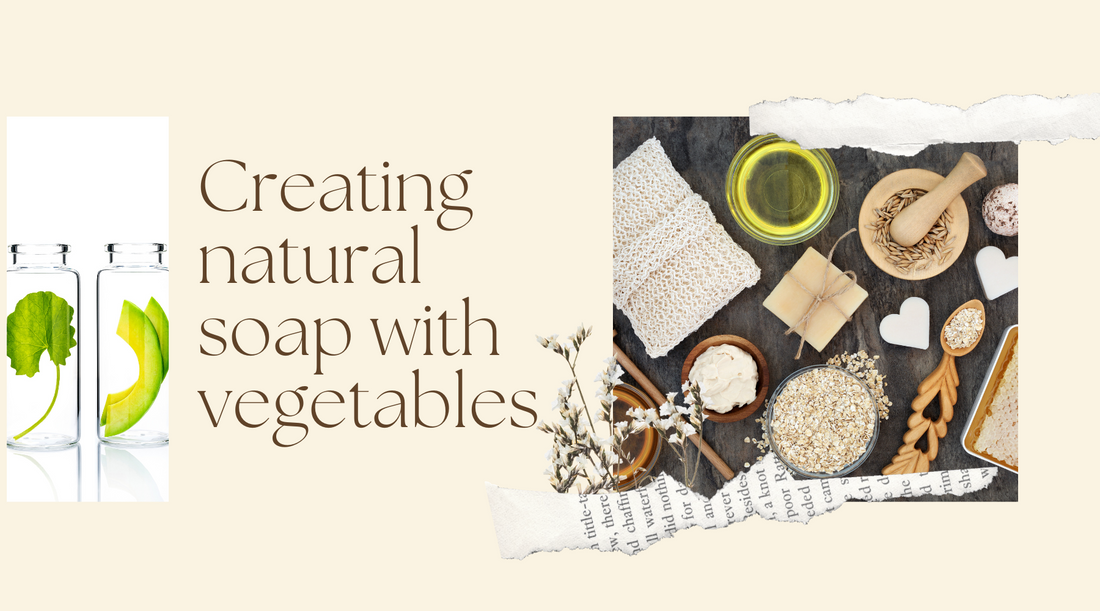Natural cold process soap can be made with fresh vegetables to add extra vitamins and nutrients to your skincare routine. Here are some steps to follow:
- Choose your vegetables: Some good options include carrots, pumpkin, cucumber, and spinach. Make sure to wash them thoroughly and remove any dirt or debris.
- Puree the vegetables: Use a blender or food processor to puree the vegetables until they are smooth.
- Prepare your soap base: Melt your soap base according to the instructions on the package. You can use a pre-made soap base or make your own from scratch using lye and oils.
- Add the vegetable puree: Once your soap base is melted, add the vegetable puree and stir well.
- Add any additional ingredients: You can customize your soap by adding essential oils, herbs, or other ingredients that are good for your skin.
- Pour the soap into molds: Pour the soap mixture into molds and let it cool and harden for several hours.
- Cut and cure the soap: Once the soap is hardened, remove it from the molds and cut it into bars. Let the bars cure for several weeks before using them to allow the soap to fully harden and become milder on the skin.
Natural cold process soap with fresh vegetables is a great way to incorporate extra vitamins and nutrients into your skincare routine. Here are some additional tips to consider when making your own soap:
- Keep in mind that different vegetables will provide different benefits for your skin. For example, carrots are rich in beta-carotene which can help to brighten the skin, while pumpkin is high in antioxidants that can help to fight free radicals and prevent signs of aging.
- If you're making your own soap base from scratch, it's important to use a reliable recipe and to measure your ingredients carefully to ensure that the ratios of lye and oils are correct.
- When adding essential oils or herbs to your soap, be sure to research their properties and potential side effects. Some essential oils can be irritating to the skin if used in high concentrations, while others may be phototoxic and can cause skin damage when exposed to sunlight.
- To make your soap more interesting, you can experiment with different colorants such as natural clays or botanical powders. Just be sure to use skin-safe colorants and to test them in a small batch before making a larger batch of soap.
- Consider using a soap calculator to help you determine the correct amount of lye and water to use in your soap recipe. This can help to ensure that your soap turns out properly and is safe to use.
- Finally, don't be afraid to get creative with your soap-making! There are endless possibilities when it comes to ingredients, colors, and fragrances, so have fun and experiment until you find a combination that works for you.

